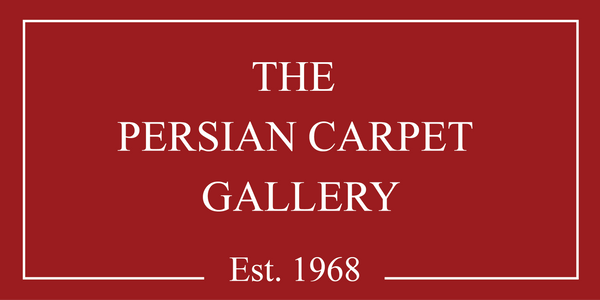Unsure about purchasing a rug online? Try it at home for FREE!
We understand that choosing the perfect carpet from just the images can be challenging. If you're unsure about your choice, simply send the SKU or the link of the carpet to info@pcgaustralia.com or call 1800 2000 28 and we'll make things easier for you with a free home trial Australia-Wide.
Persian Tabriz Kourk
Stock No. SY-141-000005
Size(m): 3.00×2.55
This captivating pictorial rug from Tabriz, crafted from the finest cork wool, unfolds across an expansive canvas of 3 meters by 2.55 meters. As a large-scale representation of art and thought, it embodies more than mere visual splendor—it narrates the profound contemplations of Omar Khayyam against a backdrop of ephemeral delights.
Within this exquisite tableau, an archway frames a verdant garden, symbolizing the gateway to paradise and eternal truths, while an intriguing contrast is drawn with the solitary figure of Omar Khayyam. The old philosopher, depicted walking away—ascending steps that metaphorically elevate him above the fleeting carnal pleasures—embodies a Socratic wisdom. Like Socrates, who was deemed wise for knowing the limits of his knowledge, Omar embodies the reflective soul amidst temporal joys.
The scene captures Omar as an observer of life, understanding its transient nature yet not condemning the pursuit of joy. His isolation in the rug's narrative might mirror the philosopher's internal journey, recognizing life's fleeting moments while pondering deeper, spiritual fulfillments beyond mere sensual gratification.
This pictorial rug invites viewers into a layered allegory, where the intoxicating allure of pleasure and the contemplative detachment of wisdom coexist. The vibrant depiction of hedonism, enclosed within the rug's central space, juxtaposes the serene, garden-view window—a metaphor for paradise and the infinite.
Omar's visage, marked by a knowing serenity, subtly hints at the dual nature of existence: the ephemeral and the eternal. The dichotomy between the garden of paradise and an archway revealing an empty jar—a stark emblem of life's void—evokes the classic dichotomy of heaven and hell, encapsulating the rug's mystical essence.
Above Omar, a lamp suspended from the ceiling symbolizes enlightenment, suggesting that wisdom and moral elevation are attained as one distances oneself from earthly pleasures. Thus, Omar's ascent on the steps becomes a powerful image of spiritual ascension, urging the viewer to look beyond immediate gratifications to the everlasting truths.
This magnificent Tabriz rug, in its portrayal of Omar Khayyam's nuanced understanding of life's pleasures and the quest for deeper meaning, becomes a source of endless fascination and reflection for its owner. More than just a celebration of sensual delight, it is a profound meditation on the human condition, the quest for knowledge, and the allure of the spiritual journey. It stands as a testament to the beauty of existence and the wisdom gained through contemplation and experience, promising to enrich any space with its mystique and timeless appeal.









